Login
Subscribegenetics
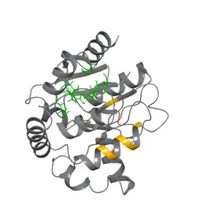
A Pioneer of The Multiplex Frontier
Rashmi Sivni | May 20, 2023 | 10 min read
George Church is at it again, this time using multiplex gene editing to create virus-proof cells, improve organ transplant success, and protect elephants.

Resolving Discrepancies in Mouse and Human Autoimmunity Studies
Niki Spahich, PhD | May 15, 2023 | 4 min read
By editing primary T cells with CRISPR, researchers begin to settle a long-standing debate about a common autoimmunity risk variant.
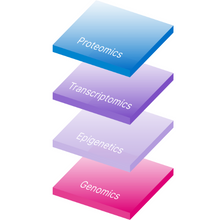
Integrate and Innovate with NGS and Multiomics
The Scientist’s Creative Services Team and Illumina | 6 min read
Researchers across disciplines combine layers of discovery obtained with accessible NGS-based multiomics approaches.

On the Hunt for the Next Breakthrough in Motor Neuron Disease
Deanna MacNeil, PhD | May 9, 2023 | 3 min read
Researchers leave no stone unturned in the search for a spinal muscular atrophy treatment strategy that uses base editing.
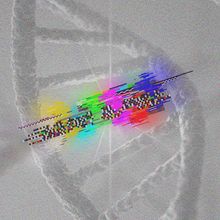
“Silent” Mutations Make Noise In Cancer
Katarina Zimmer | May 1, 2023 | 10+ min read
Synonymous mutations have long been ignored in cancer studies since they don’t affect the amino acid sequences of proteins. But research increasingly reveals that they can have disease-driving effects.
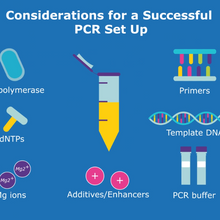
Important Players for a Successful PCR
The Scientist’s Creative Services Team and MilliporeSigma | 1 min read
Learn about other PCR components—beyond the polymerase—that are essential for optimal results.
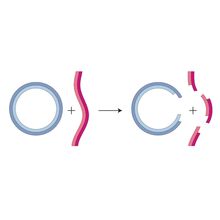
A Sticky Situation: Recombinant DNA Technology
Kathryn Loydall, PhD | May 1, 2023 | 5 min read
Janet Mertz’s work with simian virus 40 DNA during her graduate years was pivotal for developing DNA recombination as we now know it.
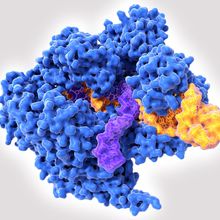
Molecular Glue ‘Shreds’ Cas9 and Enables a New Form of CRISPR Control
Ida Emilie Steinmark, PhD | Apr 26, 2023 | 3 min read
In a bid to address safety concerns about immune reactions during treatment with CRISPR-based therapeutics, a new technique speeds up how quickly the body destroys the DNA-cutting enzyme Cas9.
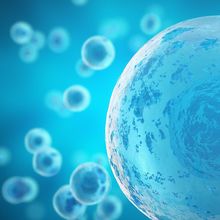
Single Cell Sequencing in a Nutshell
Niki Spahich, PhD | 4 min read
By exploring the inner workings of individual cells, rather than averaging bulk populations, researchers identify rare and important cell subtypes.
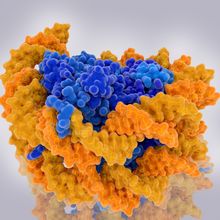
“Cryptic Transcription”: How Aging Cells Express Fragments of Genes
Kamal Nahas, PhD | Apr 6, 2023 | 4 min read
Aging cells with weakened gene regulation spuriously transcribe RNAs, but their impact on health and longevity still needs to be examined.
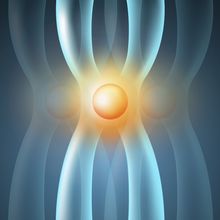
Probing “Selfish” Centromeres Unveils an Evolutionary Arms Race
Michael Lampson, PhD | Apr 3, 2023 | 10 min read
A more complete understanding of nonrandom segregation will shed light on how speciation occurs.
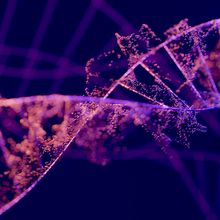
The Components of Effective qPCR
Bio-Rad | 1 min read
Putting the pieces together for molecular diagnostics and infectious disease research
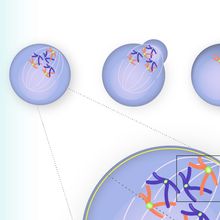
Infographic: How “Selfish” Centromeres Alter Inheritance
Michael Lampson, PhD | Apr 3, 2023 | 2 min read
Research on so-called selfish genetic loci is providing scientists with greater insight into the biology of chromosome segregation and inheritance.
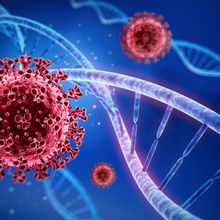
COVID-19 Infections May Reshape Genetic Landscape
Holly Barker, PhD | Mar 30, 2023 | 3 min read
SARS-CoV-2 infection triggers structural changes in the host cell’s DNA, which provide a molecular explanation for long COVID, a new study suggests.

Genomes Across the Tree of Life
The Scientist’s Creative Services Team | 2 min read
Researchers turn to unique eukaryotes to better understand how DNA is organized in 3D space.
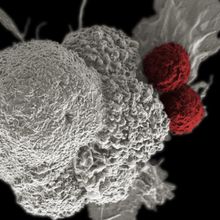
Translation of “Jumping Genes” Creates Cancer Therapy Targets
Natalia Mesa, PhD | Mar 29, 2023 | 4 min read
Researchers find many tumor-specific antigens form when cancer genes and transposable elements link up.
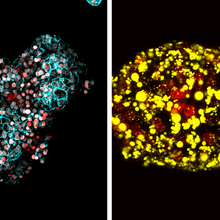
Working Together to Battle Fatty Liver Disorders
Niki Spahich, PhD | Mar 24, 2023 | 6 min read
Benedetta Artegiani and Delilah Hendriks are forming a joint laboratory group to understand disease mechanisms and treatments through organoid models.
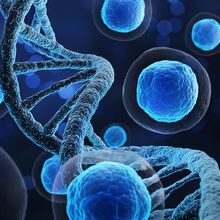
How to Improve Yield and Reproducibility in Different -Omics Applications
Covaris | 1 min read
Extracting nucleic acids and proteins gently from samples increases experimental success.

‘Godfather of Genetic Engineering’ Paul Berg Dies at 96
Lisa Winter | Mar 23, 2023 | 3 min read
Berg was awarded one-half of the Nobel Prize in Chemistry in 1980 for his work with recombinant DNA technology.
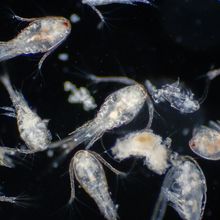
Combining Climate Stressors Leads to Unique Changes in the Genome
Jennifer Zieba, PhD | Mar 20, 2023 | 3 min read
Researchers found that copepod genomes adapt in distinct ways when simultaneously exposed to multiple environmental conditions.